Fearghal O'Donncha
Towards Automated Solution Recipe Generation for Industrial Asset Management with LLM
Jul 26, 2024



Abstract:This study introduces a novel approach to Industrial Asset Management (IAM) by incorporating Conditional-Based Management (CBM) principles with the latest advancements in Large Language Models (LLMs). Our research introduces an automated model-building process, traditionally reliant on intensive collaboration between data scientists and domain experts. We present two primary innovations: a taxonomy-guided prompting generation that facilitates the automatic creation of AI solution recipes and a set of LLM pipelines designed to produce a solution recipe containing a set of artifacts composed of documents, sample data, and models for IAM. These pipelines, guided by standardized principles, enable the generation of initial solution templates for heterogeneous asset classes without direct human input, reducing reliance on extensive domain knowledge and enhancing automation. We evaluate our methodology by assessing asset health and sustainability across a spectrum of ten asset classes. Our findings illustrate the potential of LLMs and taxonomy-based LLM prompting pipelines in transforming asset management, offering a blueprint for subsequent research and development initiatives to be integrated into a rapid client solution.
Causal Temporal Graph Convolutional Neural Networks (CTGCN)
Mar 16, 2023

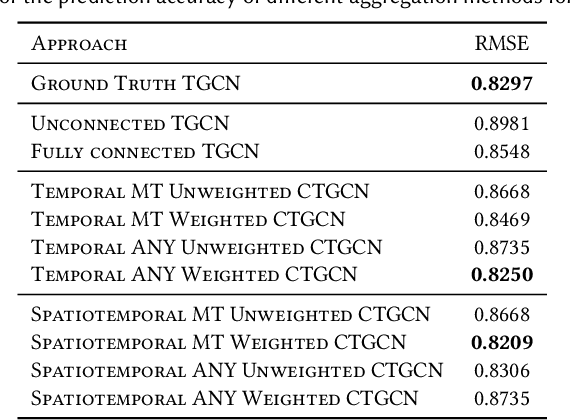
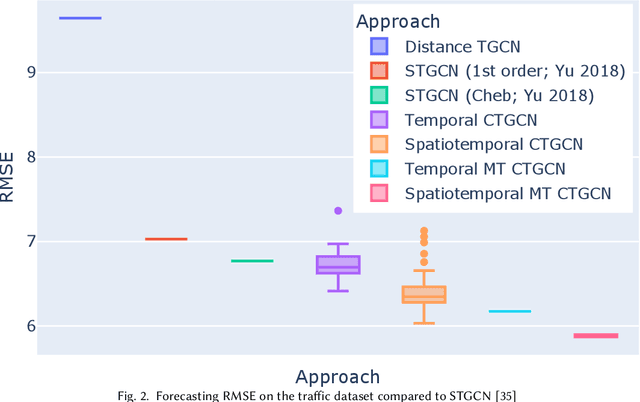
Abstract:Many large-scale applications can be elegantly represented using graph structures. Their scalability, however, is often limited by the domain knowledge required to apply them. To address this problem, we propose a novel Causal Temporal Graph Convolutional Neural Network (CTGCN). Our CTGCN architecture is based on a causal discovery mechanism, and is capable of discovering the underlying causal processes. The major advantages of our approach stem from its ability to overcome computational scalability problems with a divide and conquer technique, and from the greater explainability of predictions made using a causal model. We evaluate the scalability of our CTGCN on two datasets to demonstrate that our method is applicable to large scale problems, and show that the integration of causality into the TGCN architecture improves prediction performance up to 40% over typical TGCN approach. Our results are obtained without requiring additional domain knowledge, making our approach adaptable to various domains, specifically when little contextual knowledge is available.
Attention-based Domain Adaptation Forecasting of Streamflow in Data Sparse Regions
Feb 13, 2023


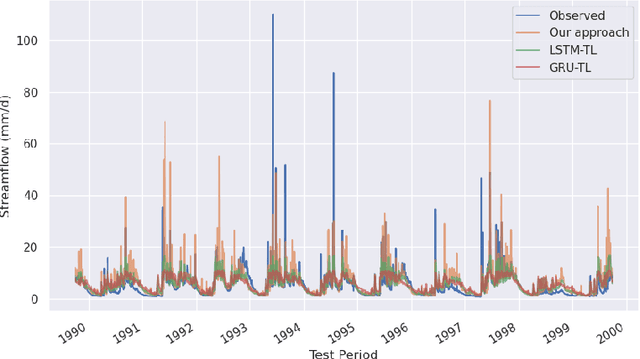
Abstract:Streamflow forecasts are critical to guide water resource management, mitigate drought and flood effects, and develop climate-smart infrastructure and industries. Many global regions, however, have limited streamflow observations to guide evidence-based management strategies. In this paper, we propose an attention-based domain adaptation streamflow forecaster for data-sparse regions. Our approach leverages the hydrological characteristics of a data-rich source domain to induce effective 24h lead-time streamflow prediction in a limited target domain. Specifically, we employ a deep-learning framework leveraging domain adaptation techniques to simultaneously train streamflow predictions and discern between both domains using an adversarial method. Experiments against baseline cross-domain forecasting models show improved performance for 24h lead-time streamflow forecasting.
A SWAT-based Reinforcement Learning Framework for Crop Management
Feb 10, 2023Abstract:Crop management involves a series of critical, interdependent decisions or actions in a complex and highly uncertain environment, which exhibit distinct spatial and temporal variations. Managing resource inputs such as fertilizer and irrigation in the face of climate change, dwindling supply, and soaring prices is nothing short of a Herculean task. The ability of machine learning to efficiently interrogate complex, nonlinear, and high-dimensional datasets can revolutionize decision-making in agriculture. In this paper, we introduce a reinforcement learning (RL) environment that leverages the dynamics in the Soil and Water Assessment Tool (SWAT) and enables management practices to be assessed and evaluated on a watershed level. This drastically saves time and resources that would have been otherwise deployed during a full-growing season. We consider crop management as an optimization problem where the objective is to produce higher crop yield while minimizing the use of external farming inputs (specifically, fertilizer and irrigation amounts). The problem is naturally subject to environmental factors such as precipitation, solar radiation, temperature, and soil water content. We demonstrate the utility of our framework by developing and benchmarking various decision-making agents following management strategies informed by standard farming practices and state-of-the-art RL algorithms.
Forecasting Soil Moisture Using Domain Inspired Temporal Graph Convolution Neural Networks To Guide Sustainable Crop Management
Dec 12, 2022Abstract:Climate change, population growth, and water scarcity present unprecedented challenges for agriculture. This project aims to forecast soil moisture using domain knowledge and machine learning for crop management decisions that enable sustainable farming. Traditional methods for predicting hydrological response features require significant computational time and expertise. Recent work has implemented machine learning models as a tool for forecasting hydrological response features, but these models neglect a crucial component of traditional hydrological modeling that spatially close units can have vastly different hydrological responses. In traditional hydrological modeling, units with similar hydrological properties are grouped together and share model parameters regardless of their spatial proximity. Inspired by this domain knowledge, we have constructed a novel domain-inspired temporal graph convolution neural network. Our approach involves clustering units based on time-varying hydrological properties, constructing graph topologies for each cluster, and forecasting soil moisture using graph convolutions and a gated recurrent neural network. We have trained, validated, and tested our method on field-scale time series data consisting of approximately 99,000 hydrological response units spanning 40 years in a case study in northeastern United States. Comparison with existing models illustrates the effectiveness of using domain-inspired clustering with time series graph neural networks. The framework is being deployed as part of a pro bono social impact program. The trained models are being deployed on small-holding farms in central Texas.
Transfer learning to improve streamflow forecasts in data sparse regions
Dec 06, 2021

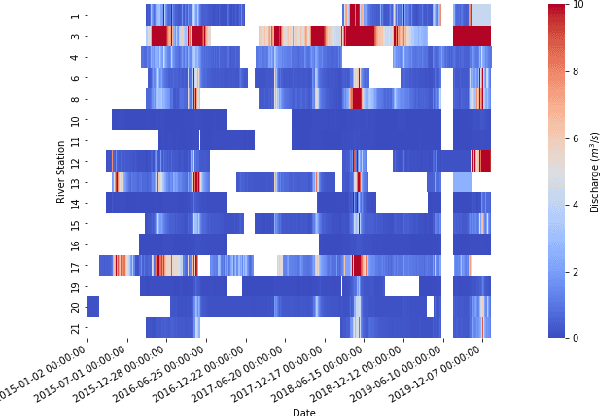
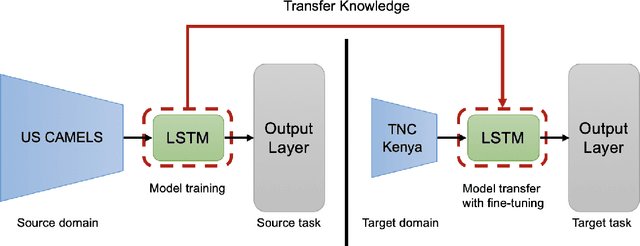
Abstract:Effective water resource management requires information on water availability, both in terms of quality and quantity, spatially and temporally. In this paper, we study the methodology behind Transfer Learning (TL) through fine-tuning and parameter transferring for better generalization performance of streamflow prediction in data-sparse regions. We propose a standard recurrent neural network in the form of Long Short-Term Memory (LSTM) to fit on a sufficiently large source domain dataset and repurpose the learned weights to a significantly smaller, yet similar target domain datasets. We present a methodology to implement transfer learning approaches for spatiotemporal applications by separating the spatial and temporal components of the model and training the model to generalize based on categorical datasets representing spatial variability. The framework is developed on a rich benchmark dataset from the US and evaluated on a smaller dataset collected by The Nature Conservancy in Kenya. The LSTM model exhibits generalization performance through our TL technique. Results from this current experiment demonstrate the effective predictive skill of forecasting streamflow responses when knowledge transferring and static descriptors are used to improve hydrologic model generalization in data-sparse regions.
A spatio-temporal LSTM model to forecast across multiple temporal and spatial scales
Aug 26, 2021



Abstract:This paper presents a novel spatio-temporal LSTM (SPATIAL) architecture for time series forecasting applied to environmental datasets. The framework was evaluated across multiple sensors and for three different oceanic variables: current speed, temperature, and dissolved oxygen. Network implementation proceeded in two directions that are nominally separated but connected as part of a natural environmental system -- across the spatial (between individual sensors) and temporal components of the sensor data. Data from four sensors sampling current speed, and eight measuring both temperature and dissolved oxygen evaluated the framework. Results were compared against RF and XGB baseline models that learned on the temporal signal of each sensor independently by extracting the date-time features together with the past history of data using sliding window matrix. Results demonstrated ability to accurately replicate complex signals and provide comparable performance to state-of-the-art benchmarks. Notably, the novel framework provided a simpler pre-processing and training pipeline that handles missing values via a simple masking layer. Enabling learning across the spatial and temporal directions, this paper addresses two fundamental challenges of ML applications to environmental science: 1) data sparsity and the challenges and costs of collecting measurements of environmental conditions such as ocean dynamics, and 2) environmental datasets are inherently connected in the spatial and temporal directions while classical ML approaches only consider one of these directions. Furthermore, sharing of parameters across all input steps makes SPATIAL a fast, scalable, and easily-parameterized forecasting framework.
Statistical and machine learning ensemble modelling to forecast sea surface temperature
Sep 18, 2019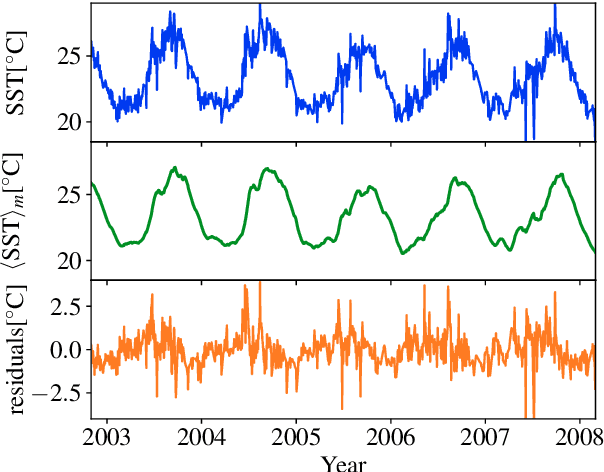
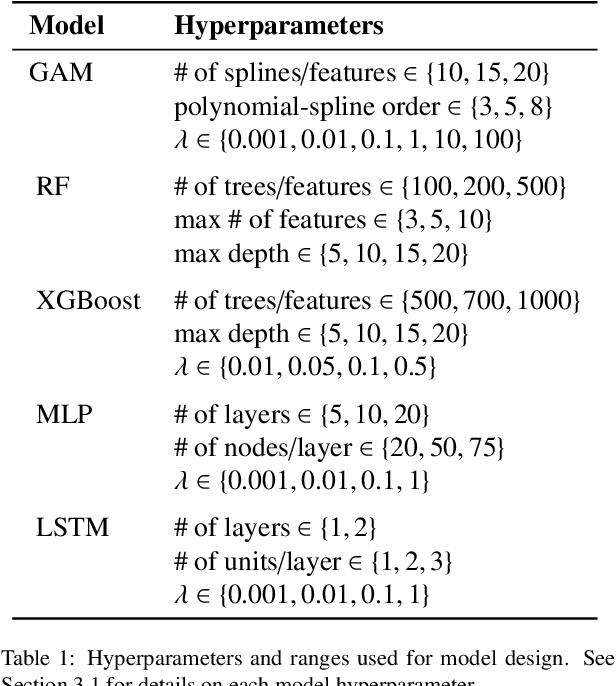
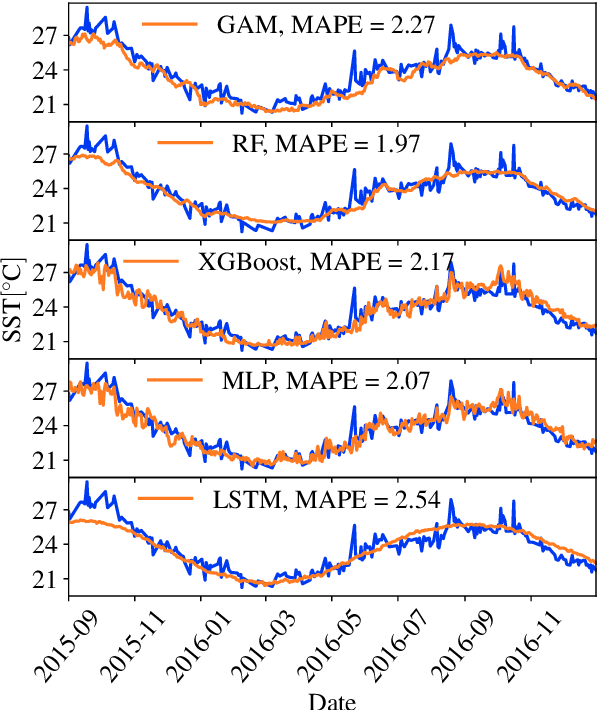

Abstract:In situ and remotely sensed observations have huge potential to develop data-driven predictive models for oceanography. A suite of machine learning models, including regression, decision tree and deep learning approaches were developed to estimate sea surface temperatures (SST). Training data consisted of satellite-derived SST and atmospheric data from The Weather Company. Models were evaluated in terms of accuracy and computational complexity. Predictive skills were assessed against observations and a state-of-the-art, physics-based model from the European Centre for Medium Weather Forecasting. Results demonstrated that by combining automated feature engineering with machine-learning approaches, accuracy comparable to existing state-of-the-art can be achieved. Models captured seasonal trends in the data together with short-term variations driven by atmospheric forcing. Further, it demonstrated that machine-learning-based approaches can be used as transportable prediction tools for ocean variables -- a challenge for existing physics-based approaches that rely heavily on user parametrisation to specific geography and topography. The low computational cost of inference makes the approach particularly attractive for edge-based computing where predictive models could be deployed on low-power devices in the marine environment.
Scaling up Deep Learning for PDE-based Models
Oct 22, 2018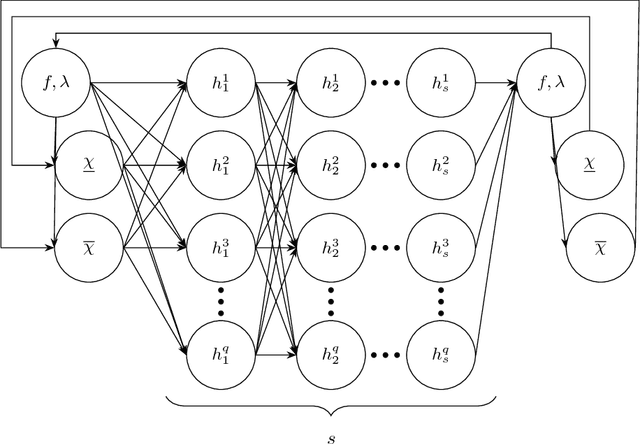
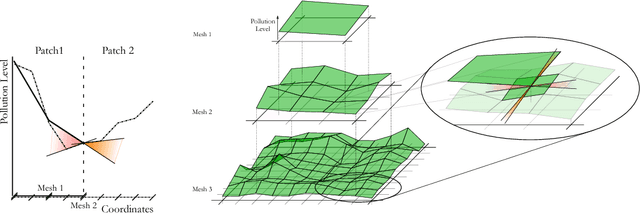
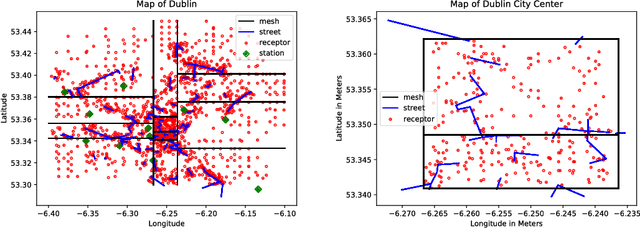
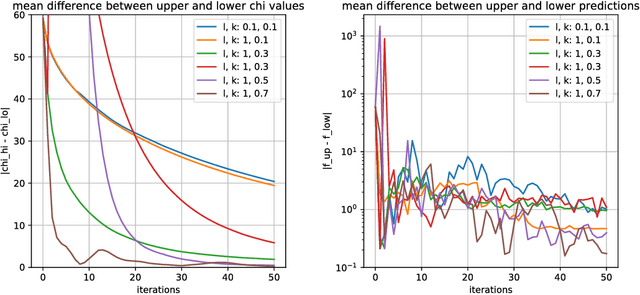
Abstract:In numerous applications, forecasting relies on numerical solvers for partial differential equations (PDEs). Although the use of deep-learning techniques has been proposed, the uses have been restricted by the fact the training data are obtained using PDE solvers. Thereby, the uses were limited to domains, where the PDE solver was applicable, but no further. We present methods for training on small domains, while applying the trained models on larger domains, with consistency constraints ensuring the solutions are physically meaningful even at the boundary of the small domains. We demonstrate the results on an air-pollution forecasting model for Dublin, Ireland.
 Add to Chrome
Add to Chrome Add to Firefox
Add to Firefox Add to Edge
Add to Edge